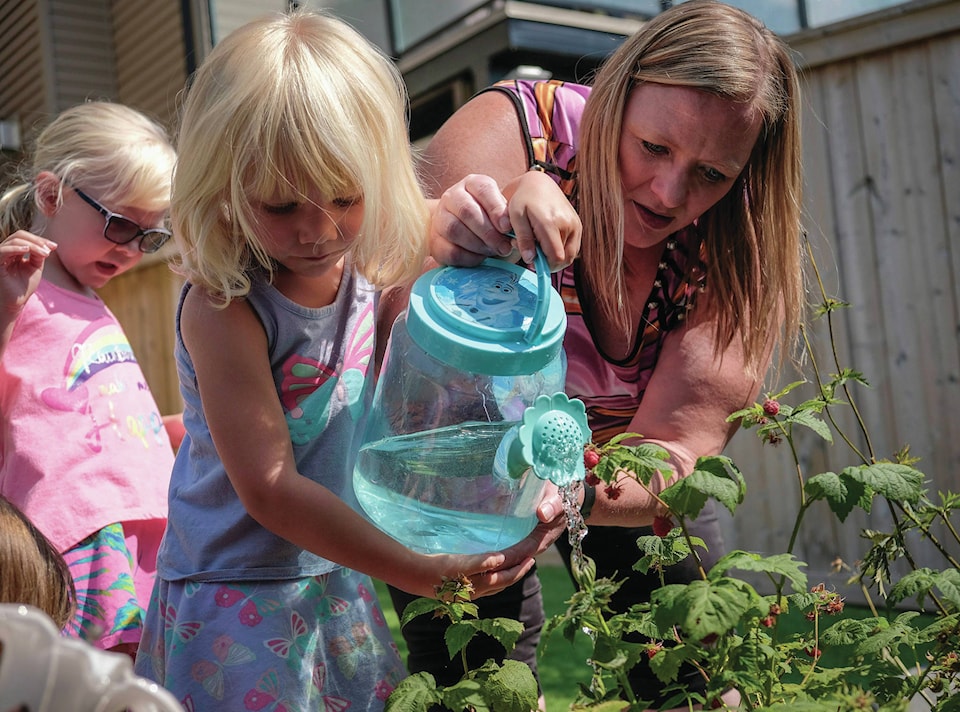OTTAWA — Couples without kids are outpacing their procreating counterparts, same-sex relationships are blossoming, multiple generations are living under the same roof and more people than ever are living alone, Statistics Canada revealed Wednesday as the 2016 census showcased more seismic changes in the way Canadians are living their lives.
This segment of the census — focused on families, households, marital status and language —often elicits references to old-school sitcoms like “Leave it to Beaver” and “The Brady Bunch” to illustrate the dramatic shifts in the Canadian family unit.
These days, even the fractured family dynamics of “Full House” feel dated. Instead, Canada is skewing older, with fewer children and less affinity for marriage — forcing legislators to adjust and adapt their policies and programs to fit a rapidly evolving reality.
“These dynamics are really important to understand because of the implications for our social and economic development are significant,” said Nora Spinks, CEO of the Vanier Institute of the Family.
“The family, in all of its complexity and all of its diversity, is the most adaptive, adaptable and adapting institution in our society. It takes public policy some lag time to catch up.”
Canada’s 35.15 million people are getting older; there are now more seniors than children under the age of 14. Immigration contributed two-thirds of the country’s population growth between 2011 and 2016, and that diversity has also added complexity to the Canadian family portrait.
“Those are really fundamental trends going on in the Canadian population right now, which has impacts on everything, and I would suspect that in the forthcoming (census) releases you’ll still hear about and you’ll still be able to make links to those two key demographic trends,” said Laurent Martel, director of the demography division at Statistics Canada.
Of the 14.1 million households in Canada in 2016, 28.2 per cent comprised only a single person — the highest proportion of single-person households ever recorded and the most common living arrangement captured in the 2016 count, a first for the country.
Outside of the United States and the United Kingdom, the percentage of one-person homes in Canada is not especially high, but it does illustrate the legacy of an aging population, the members of which are living longer than ever and are more likely to be widowed.
Higher rates of separation and divorce also mean more people living alone or as lone parents, as does an increasing number of women in the workforce, which fosters a greater sense of economic independence.
Childless couples grew in number at a faster rate over the last five years than couples with at least one child, leaving the latter group at 51.1 per cent of the population, the lowest level ever recorded.
The baby boomers who fuelled such population growth in the 20th century are empty nesters in the 21st. The census found younger Canadians who do have kids are living in places like Alberta, long a magnet for job-seeking families, or Nunavut, where fertility rates are high.
“The big shift has been a shift away from families with children to empty nest couples or younger people deciding not to have children,” said Doug Norris, chief demographer at Environics Analytics.
“They’re not living in the traditional Leave it to Beaver family.”
More signs of changing times: single-parent families grew by 5.6 per cent between 2011 and 2016, with the growth of single dads outpacing their female counterparts seven per cent to five.
